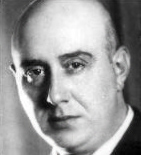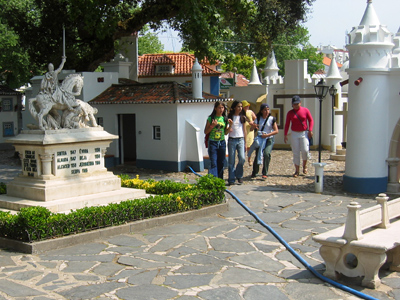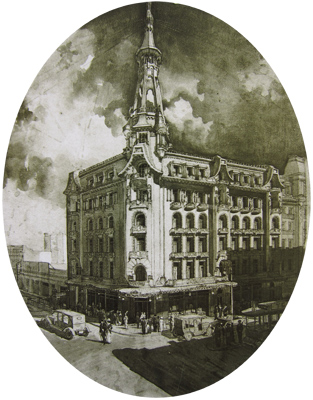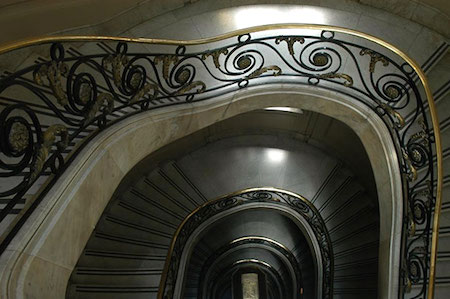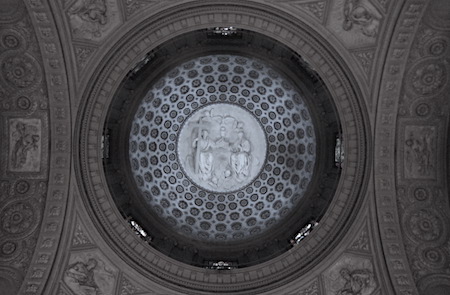buenos aires: visiting the casa rosada
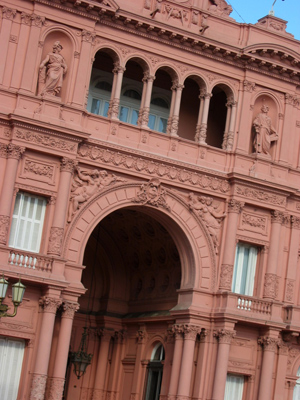
Buenos Aires has its share of iconic buildings & ranking near the top of the list would be the Casa de Gobierno, more popularly known as the Casa Rosada. Let’s just say it: either you like pink or you don’t… not much room for middle ground. In a previous incarnation of this blog, I chronicled the restoration of the building & will have to repost that info later. For now, suffice it to say that the Casa Rosada got a new coat of paint & a lot interior work during Kirchner’s term. For a fascinating & detailed look at the architectural history of the building, Pablo Juan Chiesa has done an amazing amount of research (in Spanish).
Read More »buenos aires: visiting the casa rosada